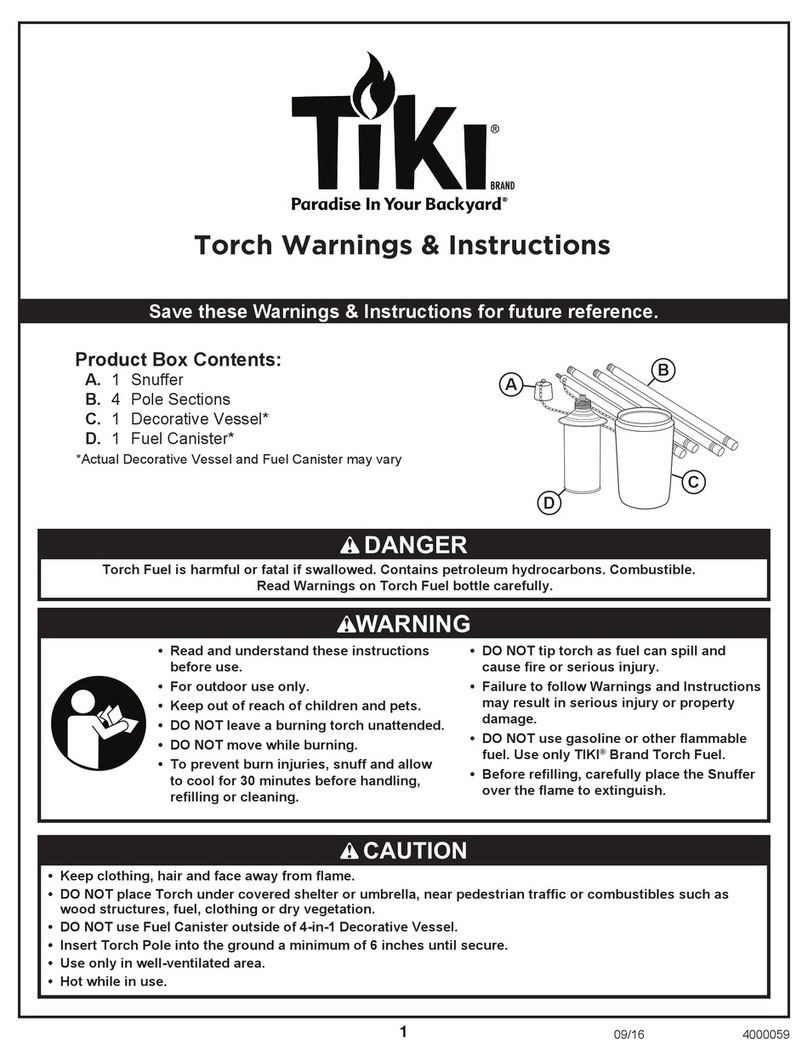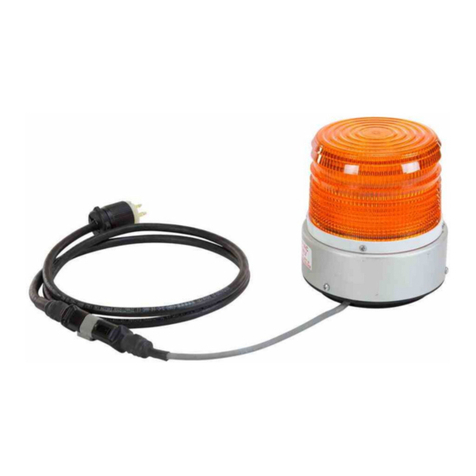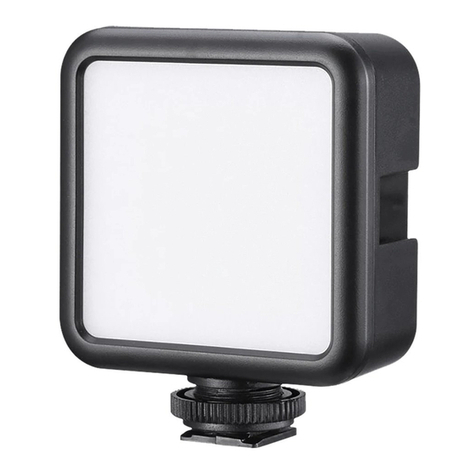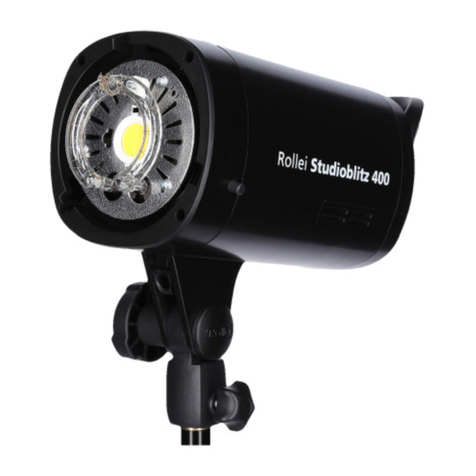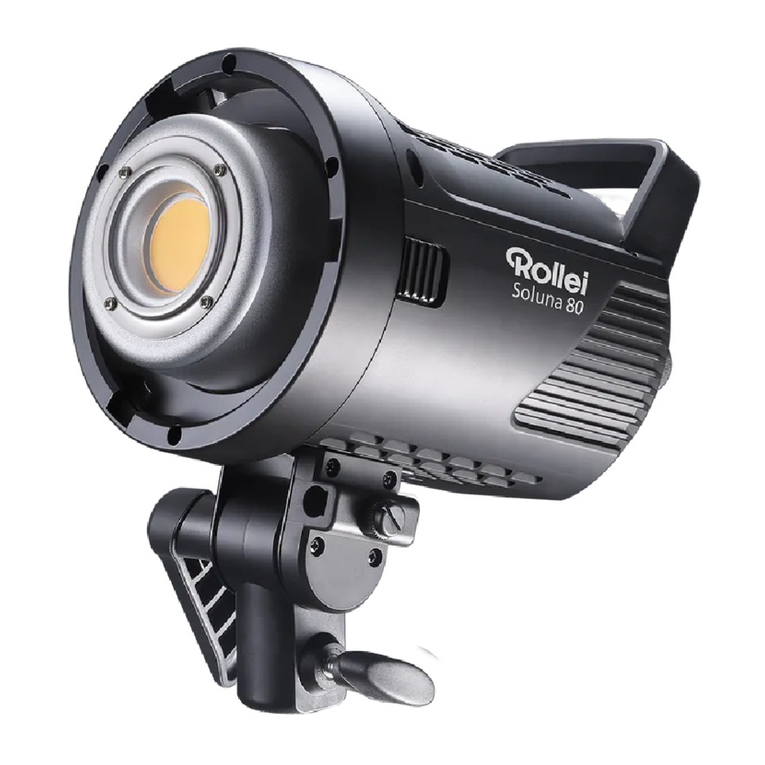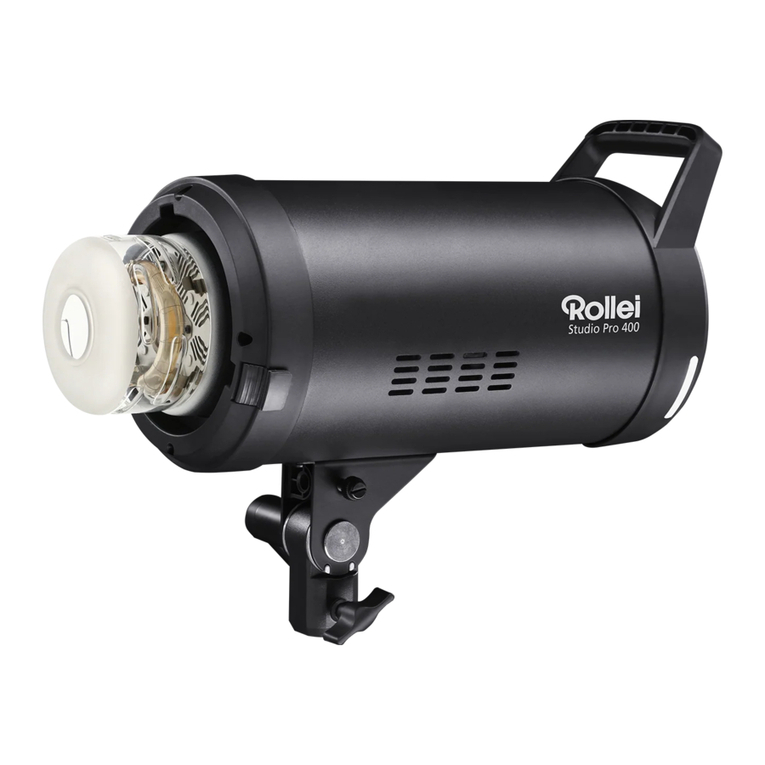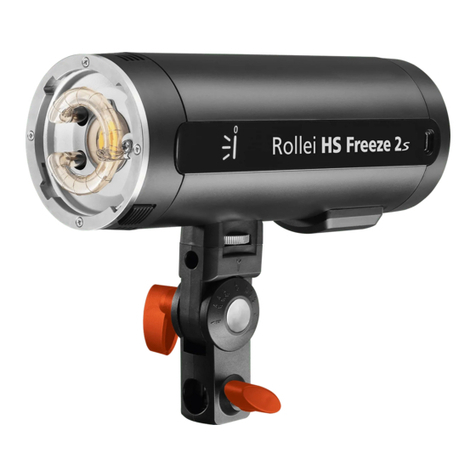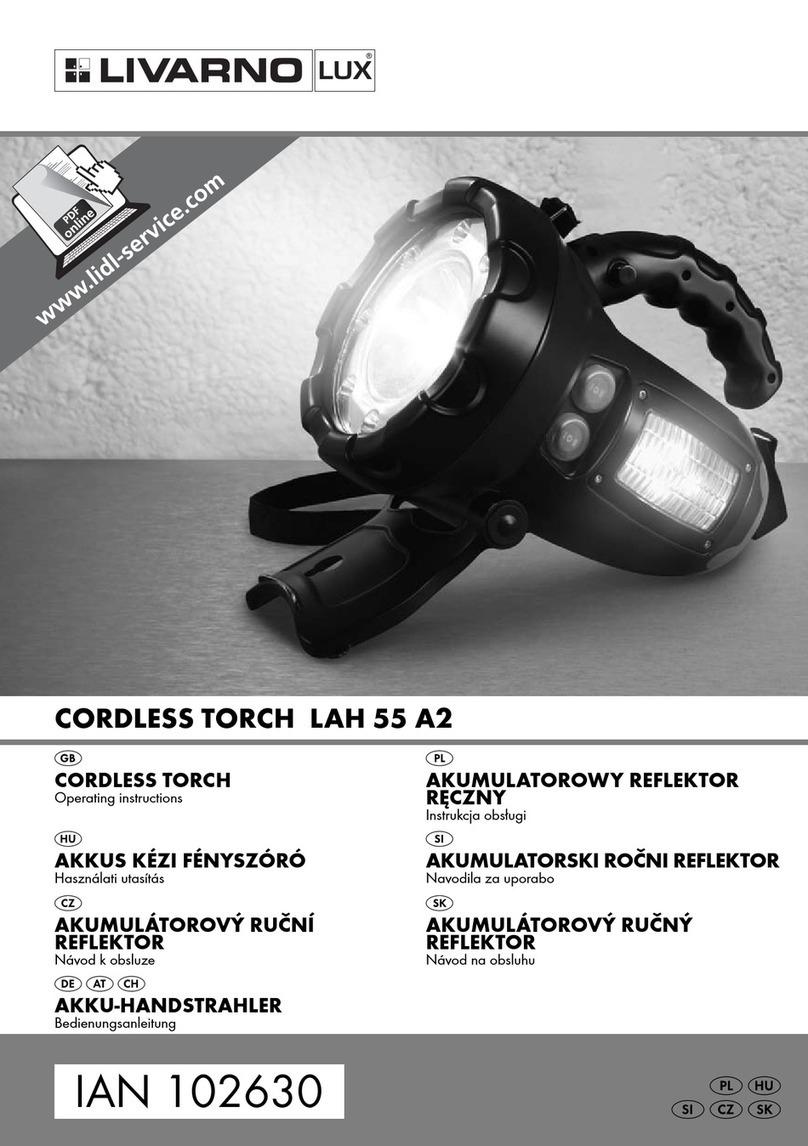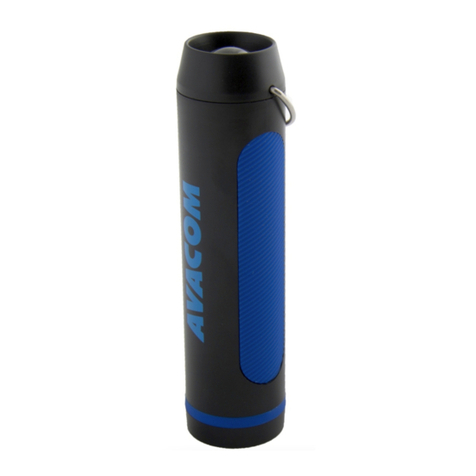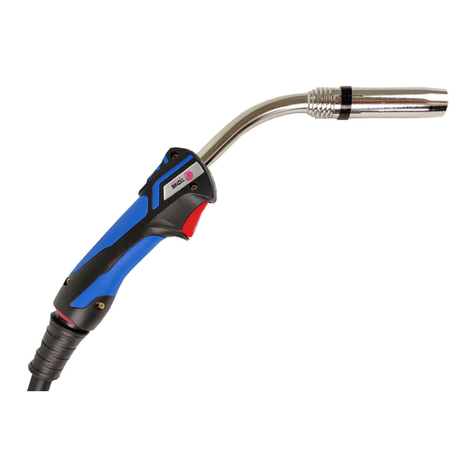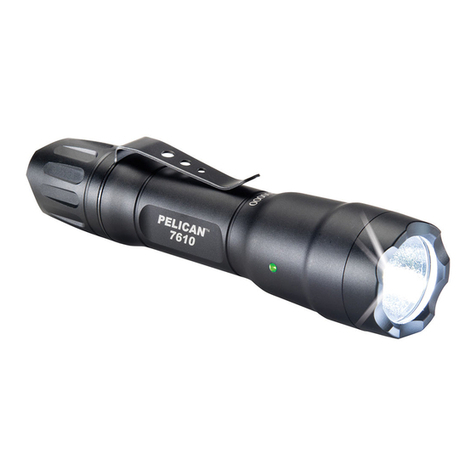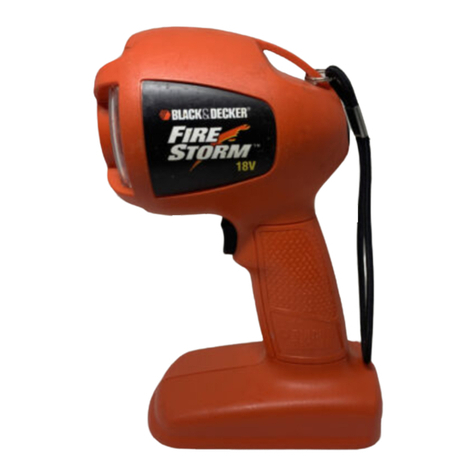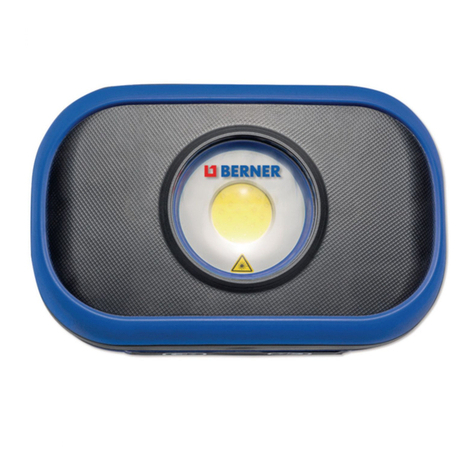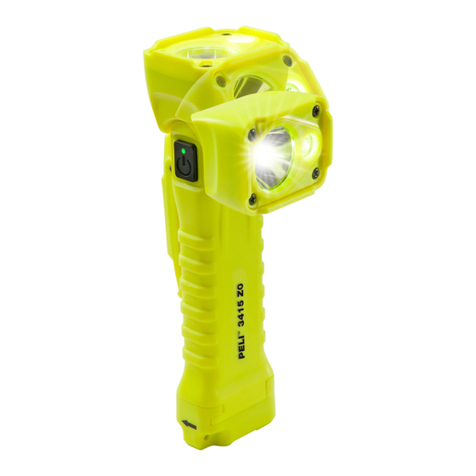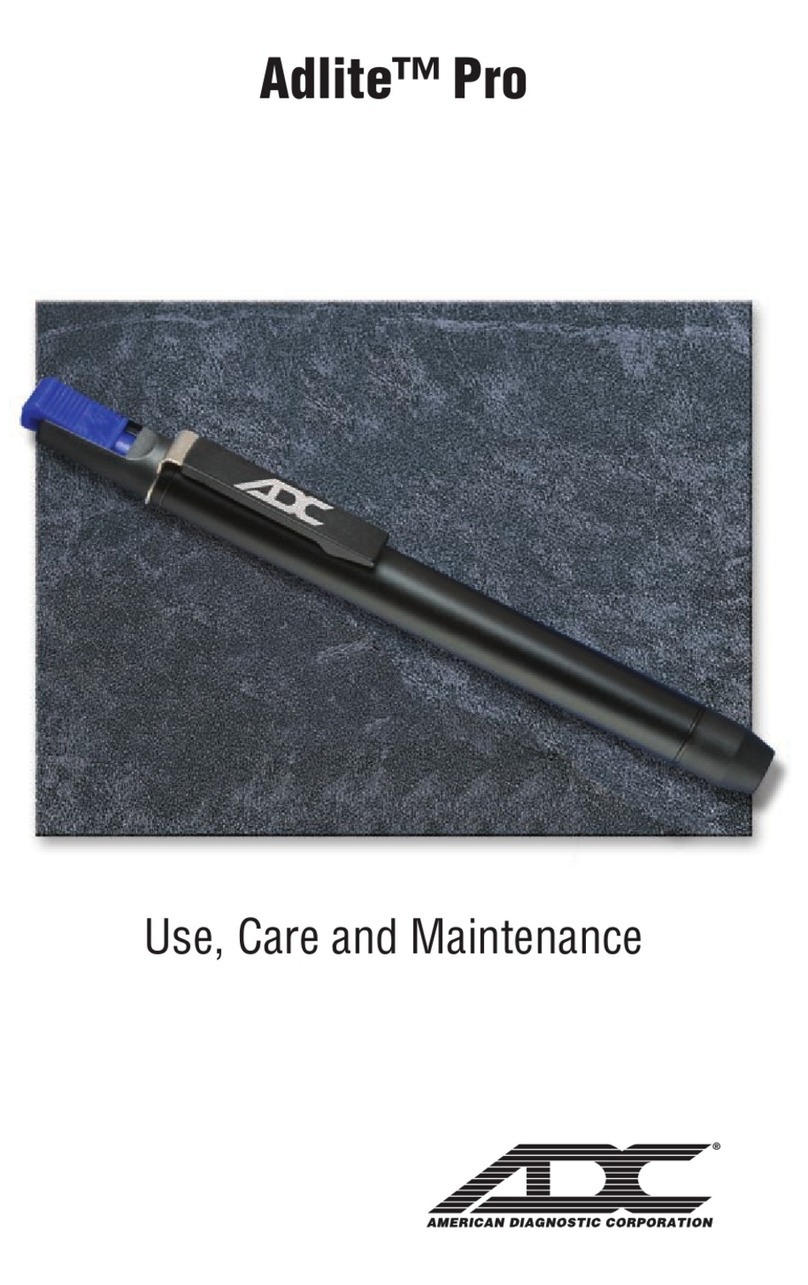
28
ENGLISH
Operation
1) Flash output setting
– The flash output from 3.0 to 9.0 can be set in 1/10 or whole f-stop increments.The
maximum power is shown in the display [10] as 9.0.
– To adjust in 1/10 f-stop increments, press
the Minus-button [9] or the plus button
[16] to the desired value.
– For adjustment in whole f-stop steps,
keep the minus button ”-“ [9] or the plus
button ”+“ [16] pressed for a longer
time.
Test flash
– Press the test button [13] to trigger a test flash.
– With a green signal, the test button [13] indicates that the capacitor
is fully charged and the flash is ready to flash again. When the flash
is ready, an acoustic signal sounds at the same time, provided it is
switched on with the button [12].
Modelling light / acoustic signal
– With a short press on the button [12], you switch the modelling light on and off
and select between proportional power, 100% power and off. The symbol [26]
appears on the display.
– When the modelling light is switched on, it also functions as a visual ready
indicator for the flash charging process. When a flash is triggered, it switches
off. When the flash is ready again, it switches on again. If the acoustic signal is
switched on, the modelling light does not function as a visual ready indicator.
– A long press on the key [12] switches the acoustic signal on and off. The
symbol [25] appears on the display.
Test
